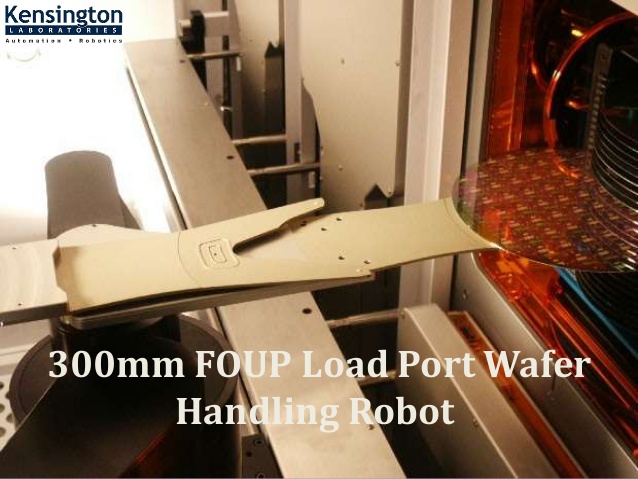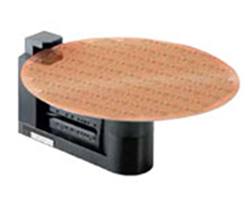How Wafer Automation Improves Process Control?
If you are here and reading this blog, probably somewhere, you might get involved with semiconductors or the manufacturing industry. You will be surprised to know how wafer automation improves complete process control.
Precise process control and eradicating particle contamination become more crucial as the minuscule structures etched on silicon wafers become more intricate and densely packed. Wafer handling must be minimum, chemical dosage precision needs to be consistent, and step timing must be accurate.
These requirements for creating high-quality semiconductor components can be satisfied with the use of fully automated wafer fabrication equipment.
Software Works as a Key for Complete Automation!
Wet processing machinery operated manually or semi-automatically depends on workers mixing chemicals and transporting wafers. The operator's training, the operator's compliance with instructions, and the accuracy of the instructions all play a role in how well the process stages are carried out.
Execution mistakes or inconsistencies can lead to low-quality output, damaged products, and production line downtime. Productivity falls, and throughput is decreased. The entire activities of the semiconductor manufacturing facility are less productive and lucrative. The unpredictability introduced by manual operation and inconsistent documentation is removed when software controls the wafer production machinery.
Once a process has been completed successfully, the software is preserved to repeat the same process in the future. Batches are reliable, and parts function as intended.
Benefits of Software to Run Fully Automated Stations
- Accurate chemical dosages result in decreased waste and lower chemical use. From batch to batch, precise chemical ratios are guaranteed and maintained.
- Process steps are precisely and consistently timed.
- Programming minor modifications in the software can quickly optimize process variables.
- Neutralization and disposal of chemicals are dependable and straightforward to document.
- Operators are less likely to be exposed to hazardous substances, which improves worker safety.
Programming automatic controls to manage silicon wafer cleaning and etching results in these advantages. Once the software's variables have been optimized, it will always carry out the optimized method. The outcomes are constant and foreseeable.
Robotics Decreases Contamination
Particle contamination becomes a significant issue when the conductors and structures on the silicon wafers are small or packed closely together. A single particle may obstruct a conductor, alter a system, or affect diffusion for minor microscopic structures. Consequently, there may be a rise in defective goods, goods with shorter shelf lives, or goods lacking the desired qualities.
Particle contamination can occur when wafers are moved or handled manually. Robotic parts are developed with low particle counts in mind and can minimize the movement of the wafer. Every time, the same movements are programmed and executed.
Robotic systems that are fully automated boost the performance of semiconductor manufacturing facilities while reducing particle pollution. Only robotic arms are used in fully automated systems; operators do not need to handle the wafers manually. Once the automated sequence is initiated, the wafers are automatically moved through the process by robotics controlled by the software.
If you are exploring the best wafer handling automation solution, contact Kensington Laboratories.




Comments
Post a Comment